|
Like any author, I draw upon a broad range of inspirations when writing a book, and for me, visual art has always informed and influenced my writing. Although far from blessed in my drawing and painting skills, I’m rarely happier than when wandering around an art gallery! In this blog post, I am going to focus on four artists who have been particularly important and inspiring to me when I was working on my new novel The Waste. William Blake I have long been fascinated by the work of visionary painter and poet William Blake (1757-1827). His art is both highly personal and highly original, infused with his rebellious spirit and enormous imagination. Encompassing biblical and mythological themes, the delicate strangeness of Blake’s work is powerful and seeing the collection of his work is always a highlight of any visit to the Tate Britain. Through his art and prophetic books, Blake developed a very personal mythology with a host of symbolic characters, and this mythology, along with the graceful, idealised human figures in Blake’s art, was a significant influence for me when writing The Waste, especially when developing the characteristics of the alien Seraphim. The act of developing and writing a novel can be a hard slog, but to spend time researching and thinking about Blake’s art and writings was a pleasure in itself. Paul Nash If I have such a thing as a favourite artist, then I think it would be Paul Nash (1889-1946). Whether it’s the raw, uncompromising power of his First World War art, the melancholy of his Dymchurch paintings or the mythical energy of his work inspired by the Avebury stone circle, I find his work captivating, his symbols resonant and meaningful. Perhaps Nash’s best-known work is We Are Making A New World. I saw the original for the first time in an exhibition at the Imperial War Museum in London. Few paintings have had such an impact on me – the battle-ravaged, brutalised landscape reflected not only the hideous violence of war but Nash’s own emotional experience of the conflict. Consider the pallid sun peeking through the blood-red tide of clouds – is it striving to bring light and hope to the shattered world below, or is it too frightened to peer at the horror Mankind has inflicted? This painting makes an appearance in The Waste and Spare’s experience of viewing it certainly echoes my own. Through his paintings Paul Nash demonstrated an intense relationship with landscape, not just recording what his eyes saw, but adding deeply personal levels of symbolic meaning, giving the landscapes he portrayed an animated, vital presence. From his early drawings and paintings, influenced by Samuel Palmer and William Blake, to the harsh angles and blade-like waves of his Dymchurch work, which evoke such a sense of emptiness, of loss and depression, the landscapes of Nash are alive and mythic. This sense of place, the genius loci, as Nash referred to it when he described places such as Avebury, was something I wanted to reflect within my novel. The titular Waste of the book is both a literal and symbolic landscape, where the layers of human history are almost a tangible presence. I have no doubt Paul Nash will remain a primary inspiration for my writing. Dame Elisabeth Frink My first, very striking, encounter with the work of Dame Elisabeth Frink (1930-1993) took place in Bury St Edmunds in my home county of Suffolk. In the grounds of St Edmundsbury Cathedral stands a bronze statue of Edmund, a ninth century king of East Anglia. After being defeated in battle by the Great Viking army, it is said Edmund refused his enemies’ demand to renounce Christ and so was beaten, shot through with arrows and beheaded. Legend tells the Vikings threw Edmund’s severed head into the forest, but it was soon retrieved by those loyal to the king when they followed the cries of a mysterious wolf. Frink’s statue shows King Edmund as a young man, a cross grasped in his hand. This is not a caricature of a warrior or a king – there is pride in Edmund’s face but a sense of vulnerability, his slender body is fragile. Frink’s Edmund is very much a king, a saint, and a martyr, but still a human being. This often-unsettling combination of history, myth and human frailty seems to be present throughout much of Frink’s art. During the writing of The Waste, I was especially interested by Frink’s goggle head sculptures; shaped by Frink’s interest in themes of masculine aggression, the goggle heads’ sense of faceless authority very much shaped the look and attitude of the Shades, the cold, impersonal, unaccountable police force of my novel. The goggle head sculptures avoid eye contact, concealed behind polished headgear – they are dehumanised and as such offer a threat that cannot be reasoned with. The Shades in The Waste are human, but just as their visors hide their human faces, their humanity is also hidden and they appear almost machine-like, robotic. The unsettling and enigmatic nature of Elisabeth Frink's art continues to be both fascinating and inspiring. Alfred Wallis Alfred Wallis (1855 - 1942) produced profoundly personal art, painting images of ships, boats, Cornish villages and the sea. With no formal art training, Wallis only took up painting after his wife’s death – with little money for materials, he mostly painted on found pieces of cardboard. Wallis painted from memory, drawing on his sea-faring experiences, to capture a rapidly disappearing way of life. Wallis’s limited palette and distorted perspective give his work a distinctive look. Within his paintings, Wallis played with size and scale of objects, and although the paint is roughly applied, he often achieved high levels of detail. Wallis’s instinctive compositions give his paintings real vitality – you can almost taste the briny air, hear the waves booming. The art of Alfred Wallis, and discovering more about his life, unlocked for me the character of ‘The Captain’ in The Waste, who although is not meant to represent the real Wallis, does share many of the same motivations and obsessions. It is important not to romanticise the life of Alfred Wallis – he struggled with poverty and, it would appear, mental health difficulties – but he brought something profound and original into the world, and I hope he gained pleasure from the creation of his art.
The Waste is out now, available in eBook and paperback, and free to read through Kindle Unlimited.
0 Comments
When publishing their ebooks, indie authors face a choice – to KDP Select, or not to KDP Select. It is clear that KDP Select offers many benefits to authors, such as earning when customers read your books from Kindle Unlimited and the Kindle Owners’ Lending Library, and using promotional tools such as Kindle Countdown Deals and Free Book Promotion. However, there is a drawback. When you enroll your book in KDP Select, you are committing to making the digital version available exclusively through KDP - you cannot distribute your book digitally anywhere else, including on your own website or blog. And I admit, when I came to publish This Sacred Isle and republish my Tree of Life series, the idea of exclusivity concerned me. I understood the many advantages of KDP Select, but felt that restricting my books to just one distributor rather went against the concept of being an ‘independent’ author and publisher. Therefore, although I published Kindle versions of my book through KDP, I opted out of KDP Select, and decided to use Smashwords. Smashwords is an ebook distributor – once you have uploaded your book it is soon available via multiple retailers (for example iBooks, Barnes and Noble, Kobo). This means you can manage your book centrally rather than co-ordinating across numerous platforms. For royalties, you receive 60% of the list price for units sold through the major ebook retailers and up to 80% of list price for ebooks sold through the Smashwords store. Smashwords – the publishing process In general terms, publishing with Smashwords has similarities with KDP. You upload your interior and cover file etc., but be warned that the Smashwords ‘Meatgrinder’ (their automated file conversion technology) is well named: it shows no mercy to any file that does not meet its requirements. I spent many frustrating hours preparing files for submission, only for them to be repeatedly rejected – a painful experience. But (and this is confession time), once I read the Smashwords Style Guide (and I mean really read it, rather than just skim reading) then the steps to take were obvious, if still long-winded. Yes, it’s dull to read a manual, but if you are prepping a file for Smashwords, the Smashwords Style Guide is essential. Why are the formatting requirements for Smashwords so demanding, especially in comparison to KDP? Well, unlike KDP, Smashwords converts your file into a number of different formats, so any odd or complicated formatting will cause problems. I eventually went for the ‘nuclear’ option, i.e. stripping all formatting and then rebuilding my file according to the specifications set in the Smashwords Style Guide. Once I did this, the file was accepted and the process worked well. So, to repeat – don’t make my mistake, read and follow the Smashwords Style Guide! Pricing / distribution
Once your book is approved (and you’ve done a little jig of celebration and relief) you can set the price / distribution etc., which I found to be a straightforward process with clear onscreen instructions. There is plenty of advice on pricing within the Smashwords FAQ page, and I think that would cover in some detail any query you might have. One key point is that if you want to make your book free you can – no fuss, no problem, and as you can amend pricing at any time (note that Apple usually updates same-day, other retailers are generally 2-3 business days), this is something authors might want to consider if, for example, they want to offer the first book in a series as perma-free. Distribution is handled through the Smashwords Channel Manager - it takes up to five days for books to appear across the main external retailers (your book will appear in the Smashwords store within minutes of publishing). Smashwords allows you to set a publication date (along with pre-order distribution), and as long as this is done sufficiently in advance, this will be applied both to their store and the external retailers. I found this part of the distribution worked very efficiently and I encountered no problems. Tools and other support One of the beauties of Smashwords is that you only have to update your book’s details (or metadata, if you’re talking tech-speak) in one place and the updates are then cascaded to the other retailers. This does save time and I feel gives the author an impressive level of control. Smashwords offer a range of additional features to support authors. For example, Smashwords Coupon Manager (as the name suggests) allows an author to generate custom coupon codes for readers, reviewers etc. I haven’t used this feature yet but I am planning to experiment with it – you should note that the coupons can only be used at the Smashwords store. Another interesting feature is Smashwords Interviews, through which you can create and publish a Q&A-style interview – you can select from a range of standard questions or add your own. The interview becomes part of your author profile on Smashwords and acts as a decent introduction to your work. Does it drive sales dramatically? No, but it’s a fun, easy-to-use and free feature. For reference, you can view my interview here. Sales reporting is handled through the Daily Sales Reporting feature, which gives daily reporting from iBooks, Barnes & Noble, Kobo, OverDrive and the Smashwords store. Generally I find the reporting a good element of Smashwords, with simple charts and other analytics to help you understand how sales are progressing. Conclusion Despite the challenges of formatting an interior file for Smashwords, I am glad I opted to use Smashwords. Is it for everyone? I think that depends purely on your view of KDP Select. If you’re happy with KDP Select, then by all means follow that route. But if you want to avoid exclusivity, then I suggest you seriously consider Smashwords. Set aside a weekend to format your book – you might need it – but it’ll be good use of your time. I like Smashwords and hope it will continue to develop. I believe it has a lot to offer indie authors – don’t be afraid to give it a try! Have you used Smashwords? Does it work for you? Add a comment and join the conversation. Well, it has taken three years to reach this point, but finally This Sacred Isle is published today! Publication day brings the normal mix of emotions: relief at having completed and published the book, and no little nervousness about how it will be received...
Whatever the response to the book, I am happy with how it turned out. Of course, a finished novel never matches the vision you hold in your mind's eye - some elements always get lost or do not turn out quite as well as expected (there will be a future blog post on this very topic!). But This Sacred Isle is very much the novel I wanted to write and I hope readers will relish following Morcar's adventures. And now, with This Sacred Isle finished, it's time to start working on a new story... |
Archives
October 2023
Categories
All
|
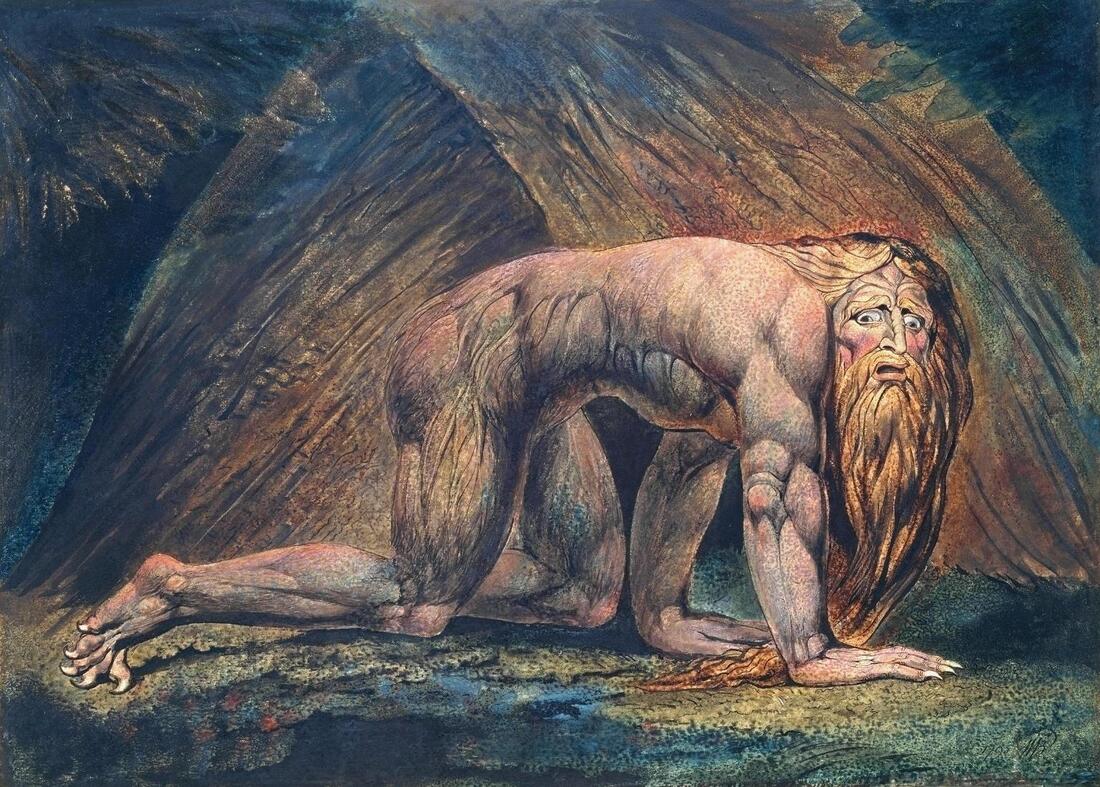
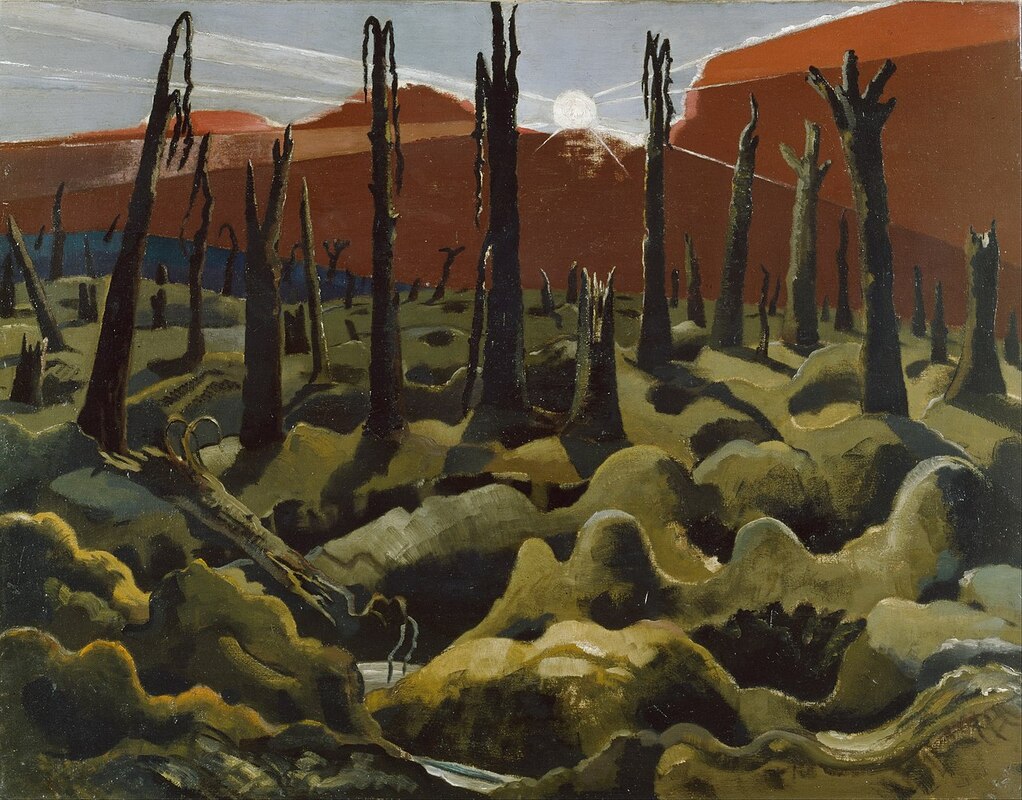
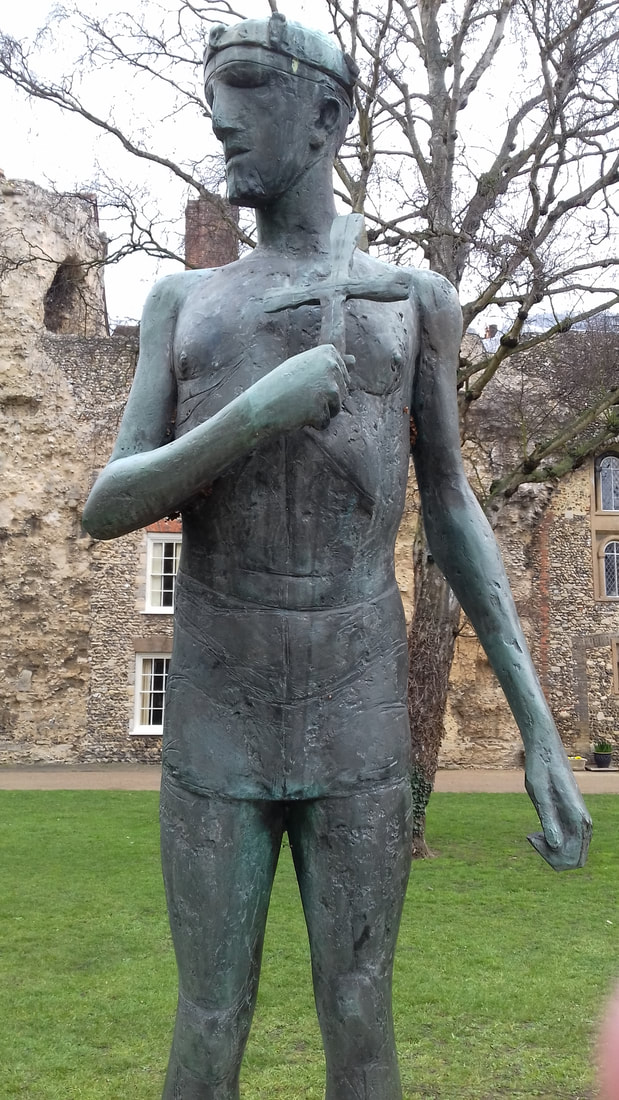

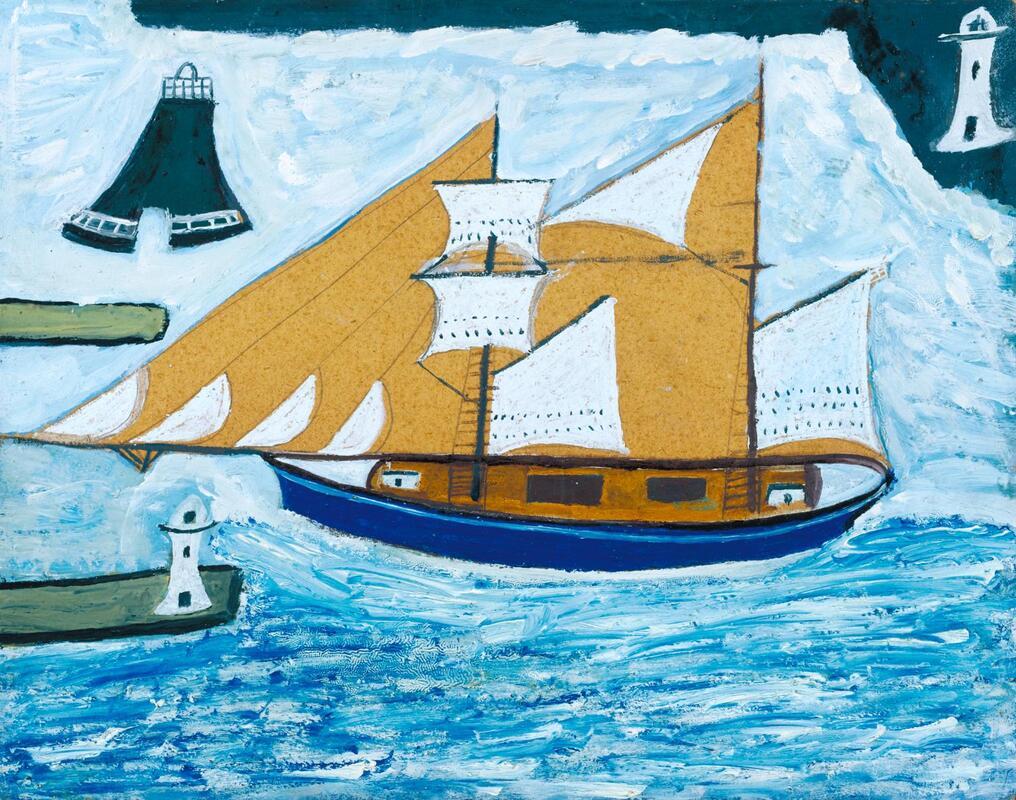
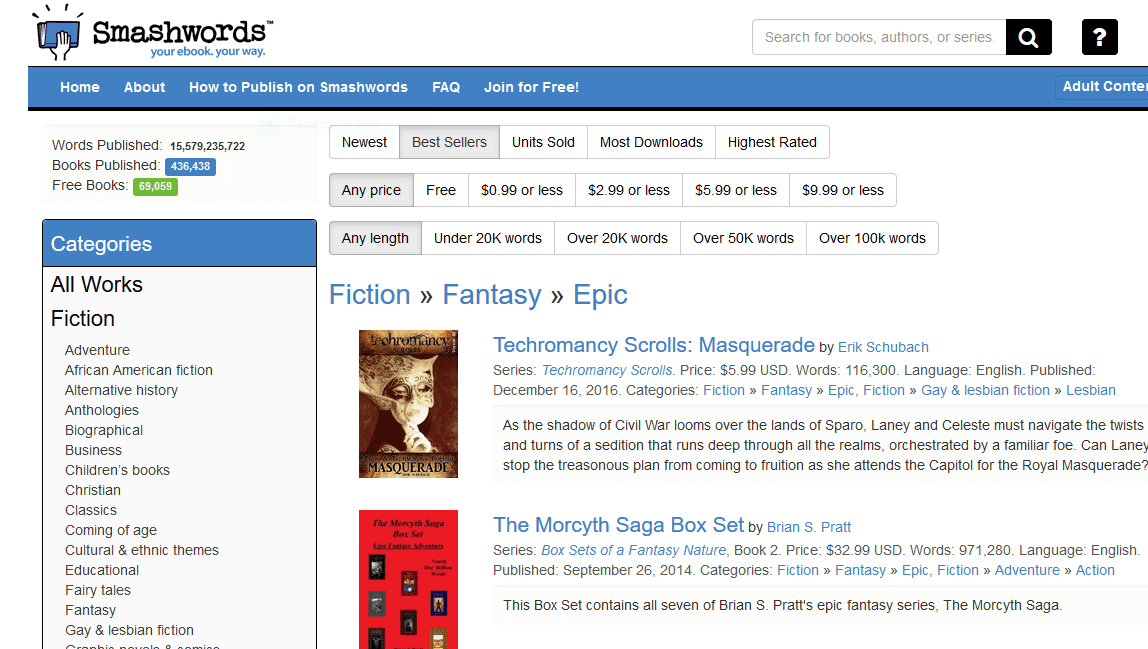


 RSS Feed
RSS Feed